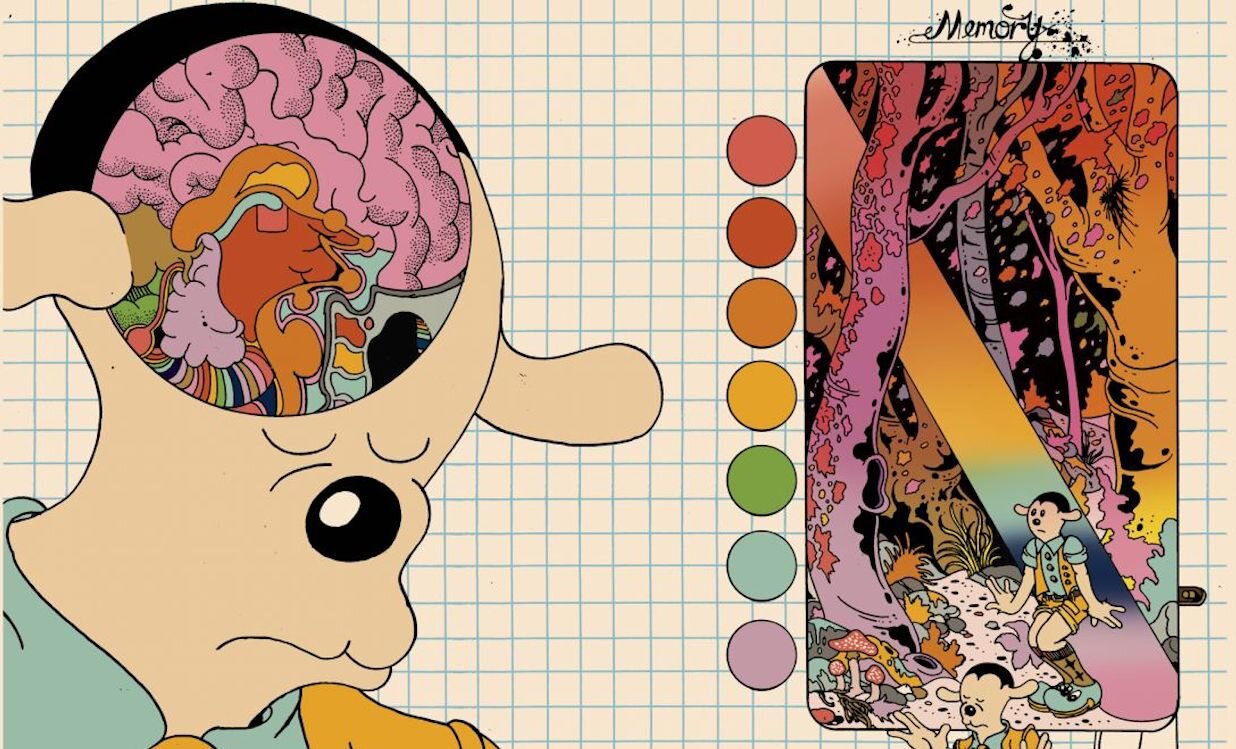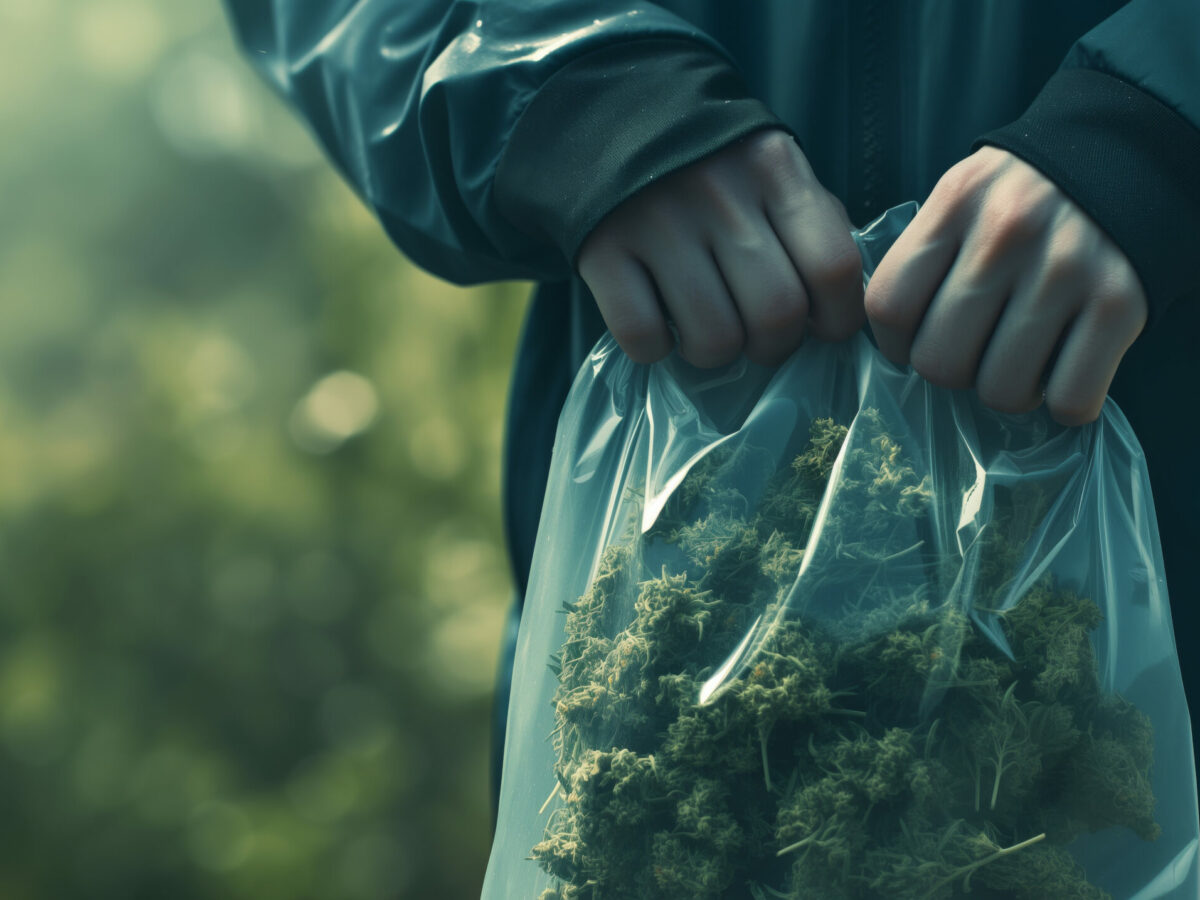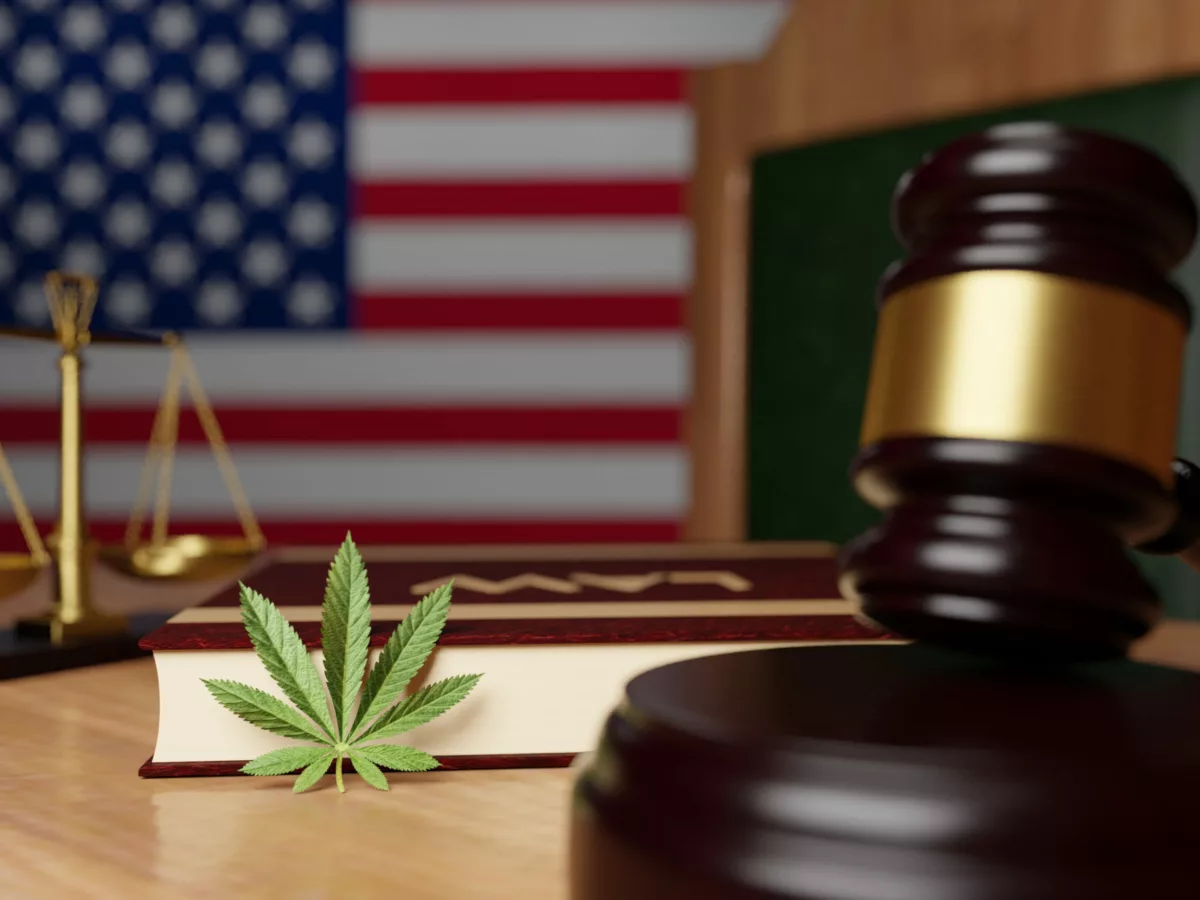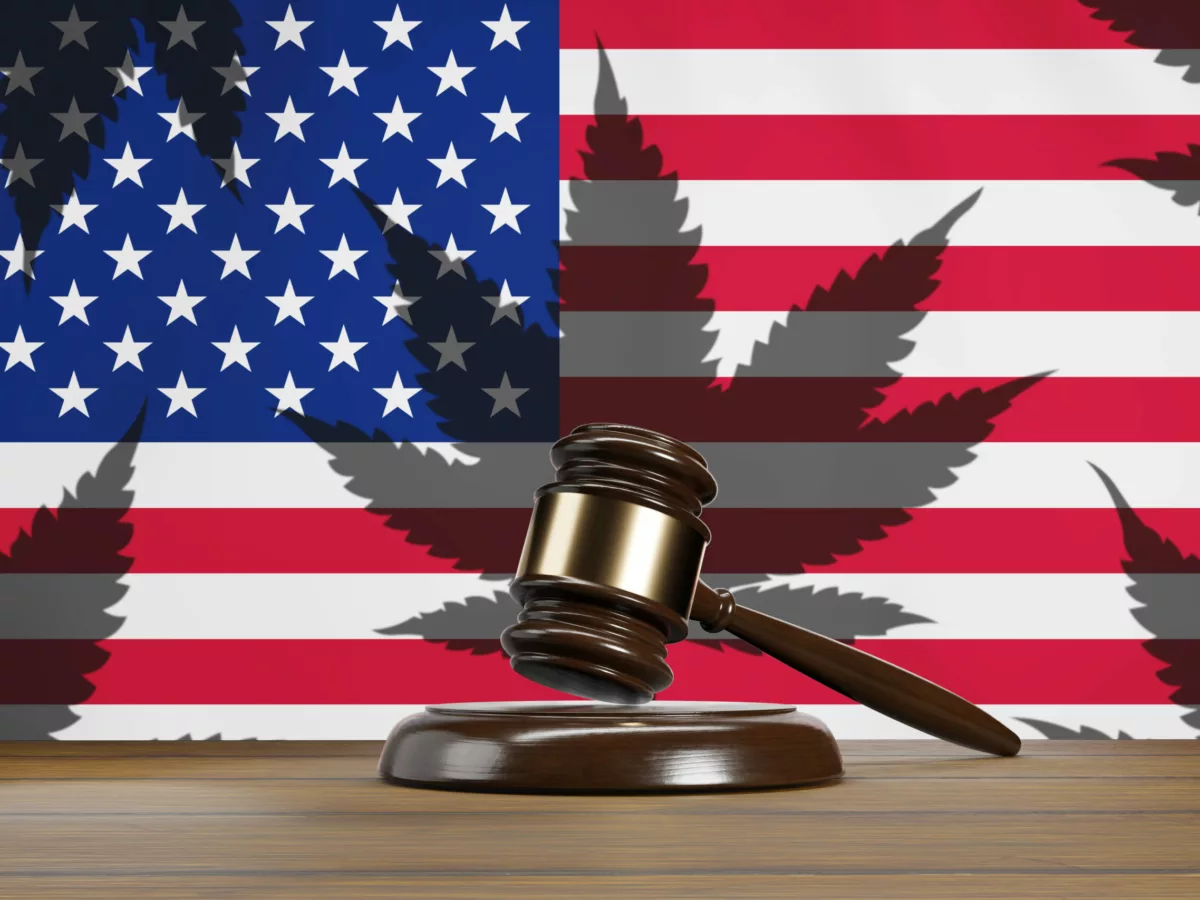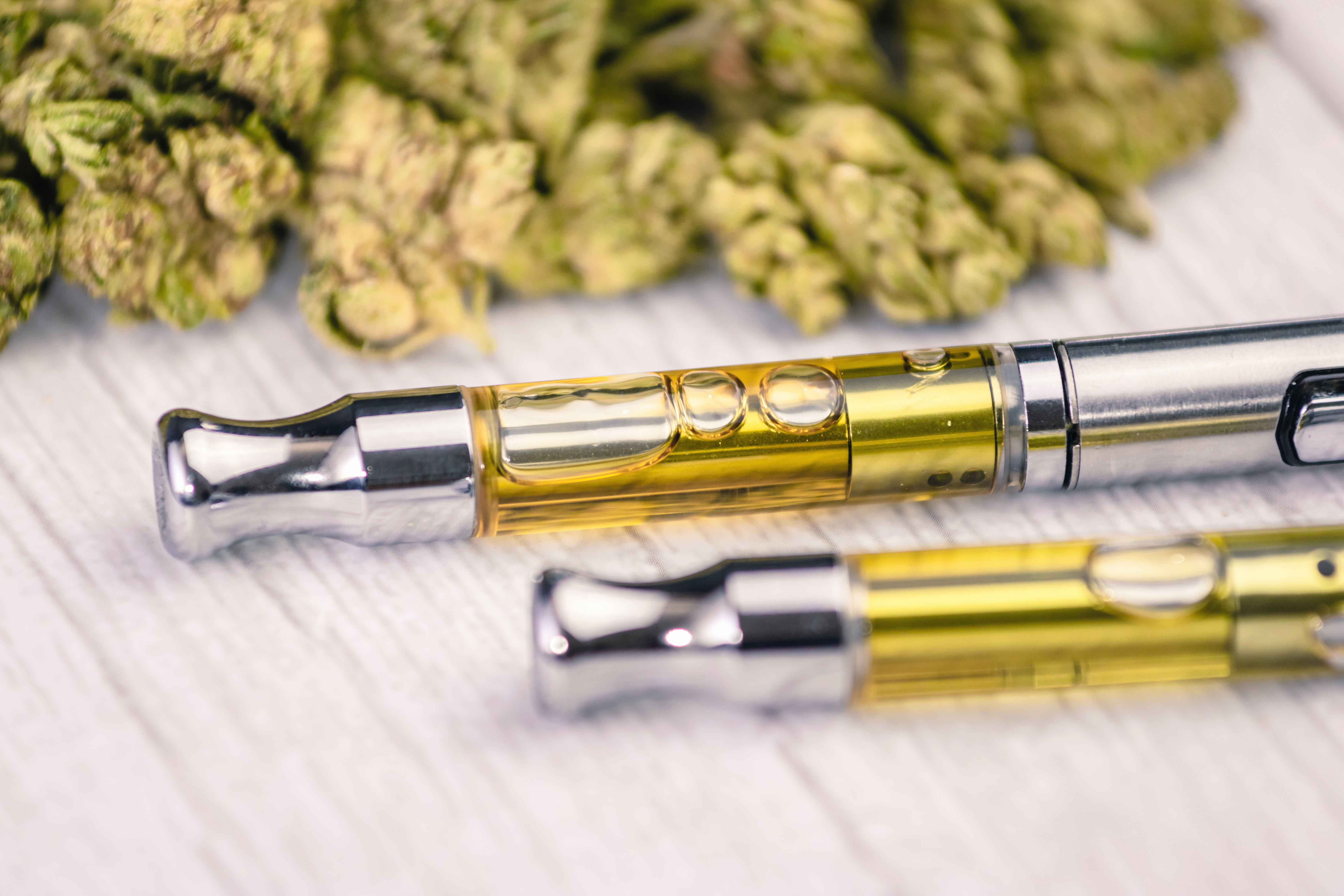On August 5, as expected, the Washington D.C. Board of Elections announced that Initiative 81—the “Entheogenic Plant and Fungus Policy Act of 2020”—covered extensively by The Outlaw Report, will be on the November ballot putting the decriminalization of psychedelics up for vote. Melissa Lavasani of Decriminalize Nature D.C. released a statement celebrating the confirmation that Initiative 81 will be on the ballot and framing it as part of an ongoing battle against the war on drugs
“Every District voter who signed the petition to put the initiative on the ballot helped give DC residents this historic opportunity to change outdated laws that criminalize people who use natural substances to overcome anxiety, depression, PTSD, and other conditions,” Lavasani said in a press release. “I am confident that Initiative 81 will pass on November 3 and that DC will take this important step towards ending another part of the destructive and wasteful war on drugs.”
Part of what Decriminalize Nature D.C. intends to do leading up to November, Lavasani also wrote, is “to continue educating voters,” and The Outlaw Report decided to help out by recommending a few books framing the therapeutic benefits of psychedelics and the history of
their use.
Michael Pollan’s 2018 book How To Change Your Mind: What the New Science of Psychedelics Teaches Us About Consciousness, Dying, Addiction, Depression, and Transcendence is many people’s entry way into the topic—it is the pop psychedelic book of our time—and is an informative, accessible book about psychedelics and perhaps more importantly, an especially credible book because it’s so popular. It’s a good way to introduce a skeptic to the topic and a good way to win an argument against a clueless drug warrior.
Another “obvious” but important pick: Aldous Huxley’s The Doors Of Perception. The counterculture classic—hey, The Doors are named after it—which details his own experience with mescaline. It’s a fascinating, first-person account that was published in 1954, offering up a view of psychedelics that predates the sixties. If you read this when you were 17, check it out again. And if you dismissed it because a bunch of 17 year olds read it, definitely check it out.
And for something more visceral, there is Brian Blomerth’s Bicycle Day, a graphic novel detailing April 19, 1943, the day when chemist Albert Hoffman ingested LSD and ostensibly took the world’s first acid trip. While LSD is adjacent to psychedelics such as psilocybin (it is manmade and therefore not part of Decriminalize Nature D.C.’s efforts), knowing its history and thanks to Blomerth’s wild and rubbery illustrations, almost experiencing that history is vital.
While the brain science-facing excitement over psychedelics is encouraging—and is why psychedelics are having something of a “moment”—it is important to remember the indigenous people who have understood the significance of psychedelics for centuries. Mike Jay’s Mescaline: A Global History of the First Psychedelic, a thorough and thoroughly readable history of peyote, explores the indigenous history and the moments over the past two hundred years where that history has been usurped by Western science and thought.
We will save the best for last here. Sacred Knowledge: Psychedelics and Religious Experiences by William Richards, a lifelong psychedelics researcher who bridges the gap between the ‘60s and ‘70s period and the resurrection of psilocybin research in the 2000s, combines philosophical musings, memoir, a call to arms for open mindedness, and serious defense of psychedelics’ therapeutic effects. “Different skeleton or universal keys that can unlock the door within each of our minds to other forms of consciousness, essentially providing an opportunity for exploration and discovery,” he writes early on.
Image: A page from Brian Blomerth’s Bicycle Day
